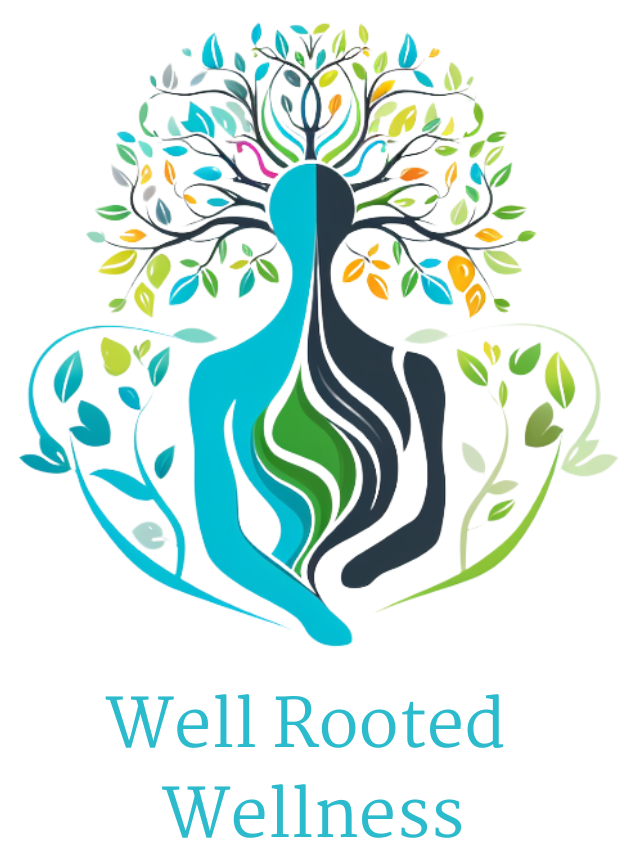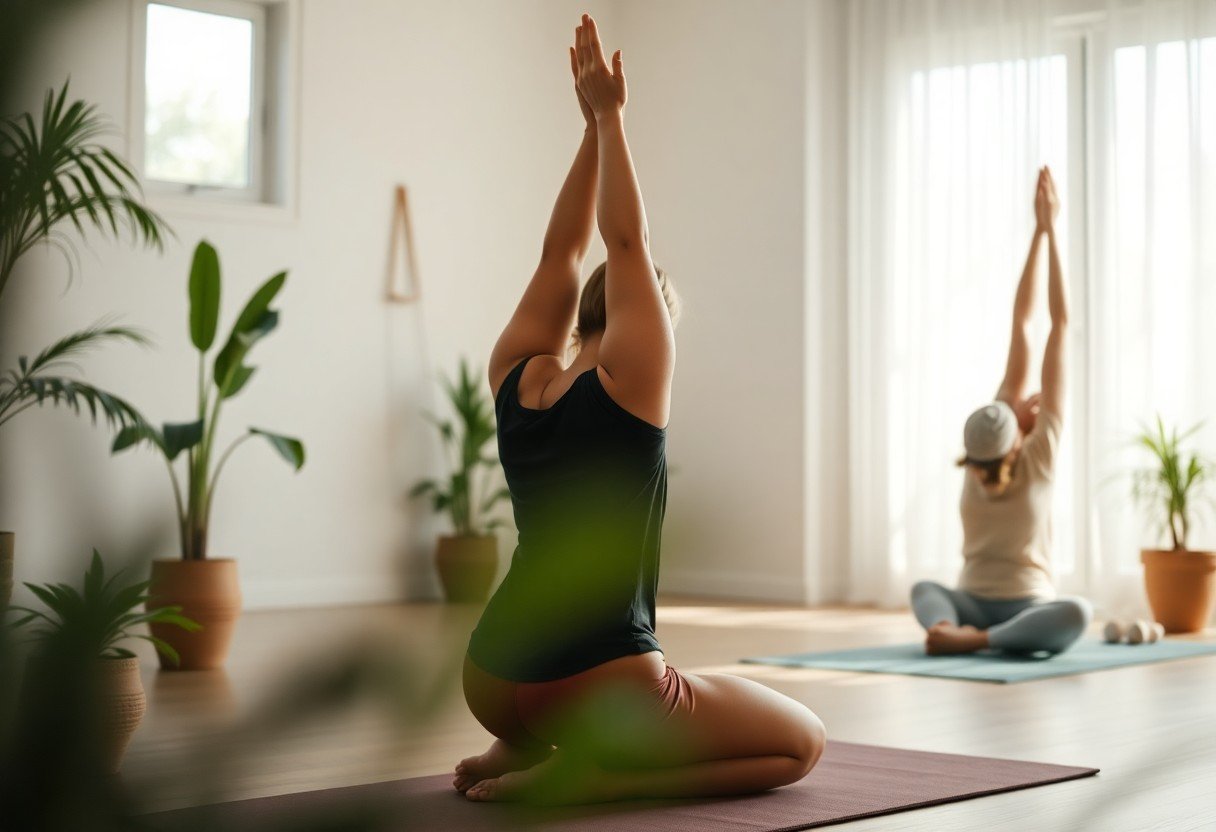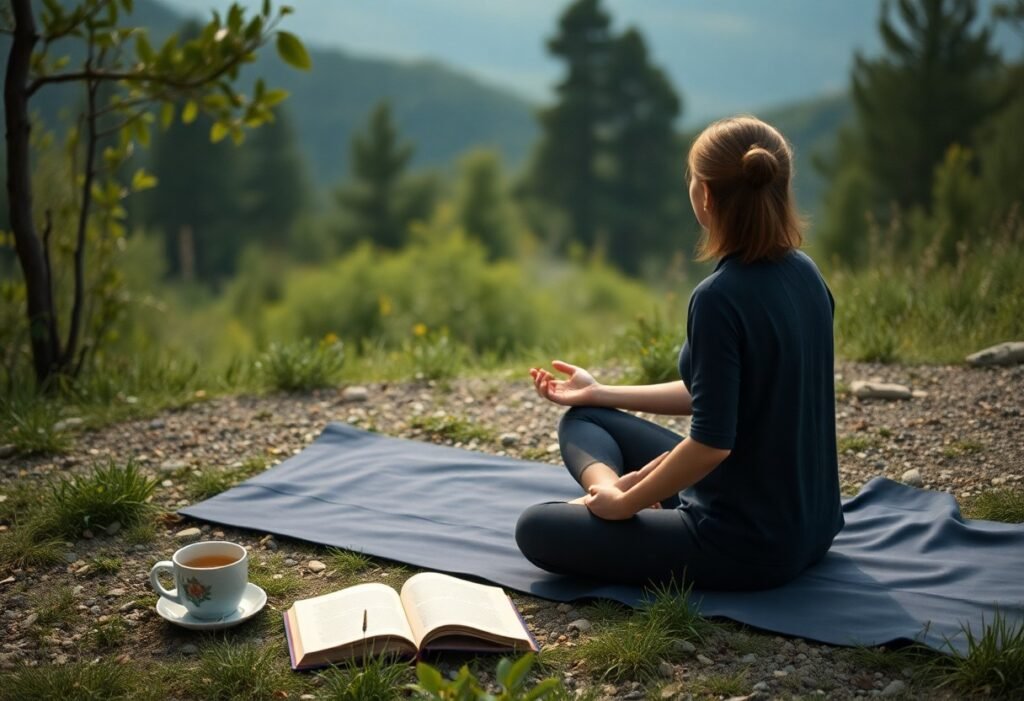With the increasing demands of daily life, many of us face anxiety and stress that can be overwhelming. I want to share some beginner-friendly yoga poses that have personally helped me find calm and balance. These poses are designed to help you ground yourself and create a sense of peace, even amidst chaos. Whether you’re new to yoga or looking to enhance your practice, incorporating these techniques can significantly improve your well-being and provide a much-needed escape from the stressors around you.
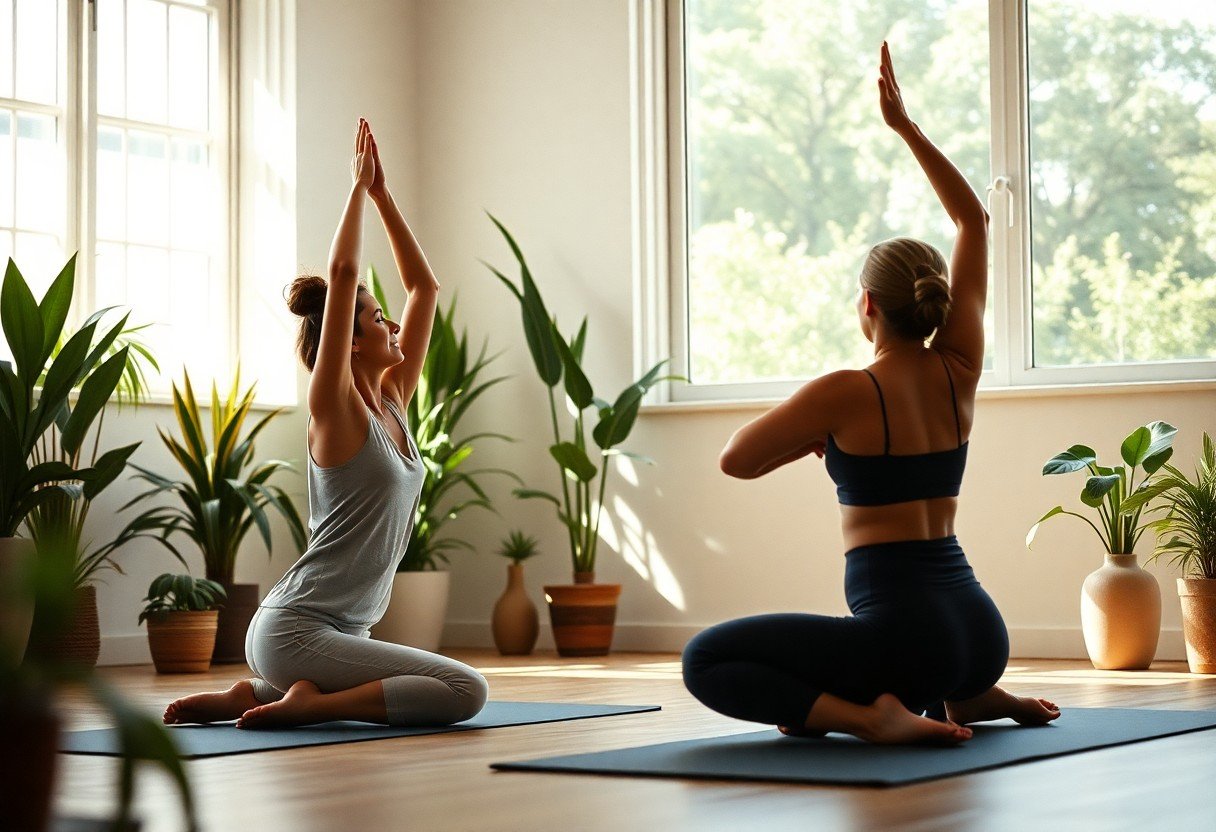
Understanding Anxiety and Stress
Anxiety and stress are common emotional responses that we all experience at some point in our lives. They can manifest as feelings of worry, nervousness, or unease, often triggered by various external factors such as work, relationships, or significant life changes. I have come to realize that understanding these emotions can empower you to manage them more effectively. Awareness of how anxiety and stress affect your body and mind is a vital first step toward seeking relief. I believe that through different techniques, such as yoga, we can learn to mitigate their effects and cultivate a sense of inner peace.
The Impact of Anxiety on Daily Life
Along my journey, I have observed that anxiety can severely impact your daily life, making it challenging to function in both personal and professional settings. It can interfere with your ability to concentrate, foster relationships, and enjoy day-to-day activities. When anxiety takes center stage, I have noticed it can lead to a cycle of avoidance, where you might shy away from situations or responsibilities, thus exacerbating feelings of inadequacy or despair. Recognizing this pattern is important, as it allows us to address the root causes of anxiety rather than simply accommodating its presence in our lives.
Physical Symptoms of Stress
Above all, stress manifests not just emotionally but also physically. I have experienced firsthand how high stress levels can lead to muscle tension, headaches, and fatigue. Additionally, it can contribute to gastrointestinal issues, sleep disturbances, and even a compromised immune system. Each person’s body reacts differently to stress, and being attuned to your specific symptoms can help you stay proactive in managing your wellness.
Considering that the physical symptoms of stress can take a toll on your overall health, it becomes important for you to identify and address them early on. For example, frequent headaches or persistent fatigue might be indicators that stress is affecting you more than you realize. Integrating practices like yoga or mindfulness into your routine can be a powerful tool for alleviating these symptoms while promoting relaxation. By understanding the physicality of stress, you place yourself in a better position to take control of your well-being and work towards a more balanced life.

The Benefits of Yoga
There’s a profound connection between yoga and overall well-being, particularly when it comes to reducing anxiety and stress. Through a combination of physical postures, breathing exercises, and mindfulness, yoga provides a pathway for anyone to cultivate a sense of inner peace. It’s more than just a workout; it’s a holistic practice that can lead to improved mental clarity, emotional stability, and a strengthened sense of self. When you embrace yoga, you not only unlock the physical aspects of your body but also the intricate relationship between your mind and body, fostering a balanced lifestyle.
How Yoga Affects the Mind
Across various studies, yoga has been shown to decrease levels of cortisol, the hormone associated with stress. Engaging in regular yoga practice allows you to step away from daily pressures and promotes a state of mindfulness. This mindful presence helps you observe your thoughts without judgment, leading to greater emotional regulation and resilience. I’ve found that the breathing techniques, known as pranayama, can also help in quieting an overactive mind, making it easier to navigate through life’s challenges with a sense of calm.
Physical Benefits of Yoga Practice
Beside mental clarity, the physical benefits of yoga practice are equally significant. The various postures encourage flexibility, strength, and balance, which can improve overall physical health. When you immerse yourself in yoga, you engage multiple muscle groups, enhancing your stamina and body alignment. I’ve seen firsthand how practicing these poses regularly can alleviate tension in your muscles and improve circulation, leading to a more energetic state.
The array of physical benefits that come from yoga practice can extend beyond just flexibility and strength. Many individuals experience relief from back pain, headaches, and even digestive issues after integrating yoga into their routine. As you maintain a consistent practice, you may notice improvements in your posture as well, which can reduce the risk of injuries and enhance your day-to-day movements. Ultimately, the commitment to yoga can foster a sense of empowerment as you take charge of your body’s health and vitality.
Essential Yoga Poses for Beginners
Any beginner’s yoga practice should include a few imperative poses that provide a solid foundation for both physical and mental well-being. These poses not only enhance flexibility and strength but also promote relaxation and stress relief, making them perfect for anyone looking to ease anxiety. In this section, I will guide you through several key poses that are particularly effective for beginners.
Child’s Pose
An ideal way to start winding down your mind and body, Child’s Pose is a restorative position that invites relaxation and introspection. To get into this pose, begin by kneeling on the mat, then sit back onto your heels and stretch your arms forward on the ground, resting your forehead gently on the mat. As you breathe deeply, feel the tension melting away from your back and shoulders, allowing this pose to open your mind to moments of tranquility.
As you hold Child’s Pose, notice how it encourages you to focus on your breath, which is pivotal for calming the nervous system. I encourage you to linger in this position for several breaths, using the opportunity to check in with your body and thoughts. The beauty of Child’s Pose is that you can return to it whenever you need a moment of peace during your practice or even in your daily life.
Cat-Cow Pose
Behind the beauty of the Cat-Cow Pose is its ability to synchronize movement with breath, facilitating a natural flow in your practice. Starting on your hands and knees, alternate between arching your back (Cat) and dropping your belly while lifting your head and tailbone (Cow). This gentle movement can help release tension in your spine and improve circulation, making it a great choice for beginners.
Also, this fluid combination of poses allows you to tap into the rhythm of your breath while mobilizing the spine. As you practice Cat-Cow, I find it helpful to visualize the movements easing any built-up stress as your body warms up. This interactive flow encourages mindfulness, helping you not only physically tune into your body but also mentally foster a sense of calm.
Downward Facing Dog
Around the world of yoga, Downward Facing Dog is often revered for its versatility and ability to rejuvenate the spirit. This pose, in which your body forms an inverted V-shape, stretches the hamstrings, calves, and shoulders while promoting blood flow to the brain. To get into the pose, start from a tabletop position, tuck your toes, lift your hips, and push your hands firmly into the mat as you straighten your legs.
Plus, Downward Facing Dog serves as a wonderful transitional pose that can bring a sense of focus and grounding during your practice. It’s an excellent way to connect with your breath, allowing you to find expansion in each inhale and relief in every exhale. If you feel tightness in your hamstrings, bending your knees slightly can help you maintain the posture while still reaping its benefits.
Leg Up the Wall Pose
By elevating your legs in the Leg Up the Wall Pose, you create a restful inversion that encourages deep relaxation and improved circulation. To perform this pose, sit beside a wall, swing your legs up while lying back, and allow your arms to rest leisurely by your sides. This simple yet effective pose provides a restorative stretch to your hamstrings and lower back while calming your mind.
This pose can be particularly beneficial at the end of a long day, as it encourages the flow of blood away from your legs and back toward your heart. I suggest staying in this pose for up to 15 minutes, allowing each breath to deepen your sense of tranquility. Moreover, you can enhance the experience by placing a folded blanket under your lower back for added support and comfort, helping you enjoy the moment of peace even more.
Creating a Stress-Reducing Yoga Routine
Unlike traditional workout regimens that often focus on intensity and duration, a stress-reducing yoga routine prioritizes relaxation and mindfulness. When creating your routine, consider how your body feels and which poses resonate with you. The key is to design a flow of postures that not only alleviates stress but also nurtures your mental peace. I encourage you to incorporate restorative poses, combined with deep breathing, to fully immerse yourself in the calming experience that yoga offers.
Setting Up a Comfortable Space
Space is an vital aspect of your yoga practice. Ideally, choose a quiet area where you won’t be disturbed, preferably with natural light coming in. I find it helpful to declutter this space, as a tidy environment can significantly enhance my ability to focus and unwind. You might consider using props like yoga mats, cushions, and blankets to create a sense of comfort and safety while you practice.
Suggested Sequence for Beginners
Routine is fundamental when constructing your yoga practice, especially if you are new to it. I often start with gentle stretches such as Child’s Pose or Cat-Cow to warm up the body and prepare for deeper relaxation. Following this, I like to transition into poses like Forward Bend and Legs-Up-The-Wall, which can help release tension and encourage a sense of tranquility. It’s vital to move at your own pace, holding each posture for several breaths and allowing yourself to truly feel the effects in your body.
For instance, I often recommend beginners start their sessions with a brief meditation, followed by a sequence of five to six poses that cater to their specific needs. This could include Downward-Facing Dog, which invigorates the spine, and Savasana to integrate the benefits of the practice. By maintaining a consistent routine and making subtle adjustments based on your experience, you can create a personal journey toward reducing anxiety and stress through yoga.
Breathing Techniques to Incorporate
Many individuals seeking relief from anxiety and stress often overlook the importance of breath. In yoga, our breath serves as a bridge between the body and mind. By incorporating specific breathing techniques into your practice, you can cultivate a deeper sense of calm and clarity. Among these techniques, diaphragmatic breathing stands out as a foundational practice that can significantly enhance your ability to manage stress.
Diaphragmatic Breathing
On your journey to mastering diaphragmatic breathing, you’ll want to find a comfortable seated position. Place one hand on your chest and the other on your abdomen. As you inhale deeply through your nose, focus on expanding your belly, allowing it to rise beneath your hand while keeping your chest relatively still. This technique engages the diaphragm, promoting more efficient oxygen exchange and activating your parasympathetic nervous system, which helps induce relaxation. As you exhale through your mouth, allow your belly to fall, releasing any tension you may be holding in your body.
Alternate Nostril Breathing
At the heart of many yogic breathing practices is alternate nostril breathing, a technique that helps balance your energy and calm your mind. Begin by sitting comfortably with your spine straight and shoulders relaxed. Using your right thumb, close your right nostril. Inhale deeply through your left nostril, then close it with your right ring finger and release your right nostril. Exhale through your right side, then inhale through your right nostril. Close it again and release your left nostril to exhale. This process creates a gentle rhythm that can help center your thoughts and ease anxiety.
Plus, alternate nostril breathing is not just beneficial for calming the mind; it can also improve focus and clarity. Many practitioners, including myself, have found that incorporating this simple technique into their daily routine enhances emotional stability. Each cycle fosters a sense of balance, reminding us to synchronize our breaths and connect more deeply with our inner selves. As you practice, you’ll likely notice a profound effect on both your mental and emotional well-being.
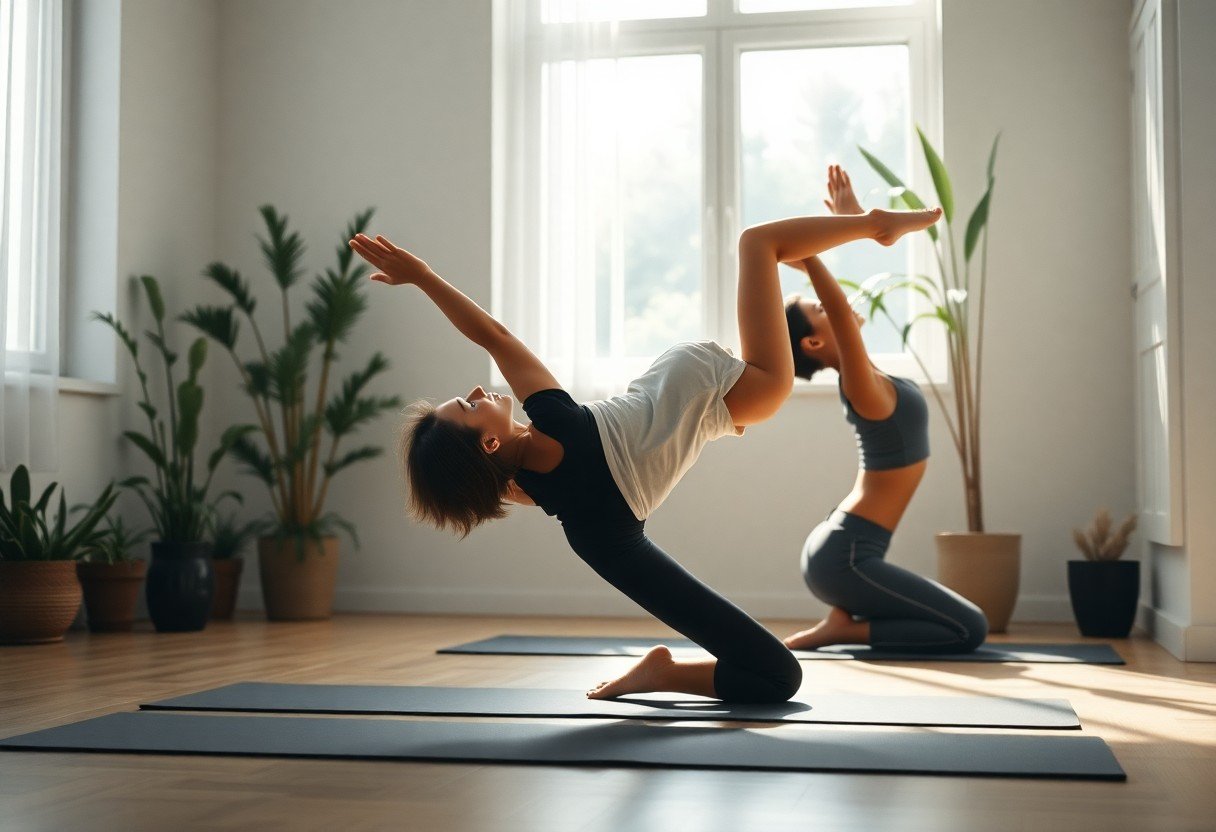
Tips for Maintaining a Regular Practice
Now that you’ve commenceed on your yoga journey, maintaining a regular practice can significantly enhance the benefits you experience, especially in managing anxiety and stress. To help you stay on track, here are some practical tips I use to ensure consistency in my practice:
- Set a specific time each day that works for you.
- Create a dedicated space for your practice, free from distractions.
- Start with short sessions, gradually increasing duration as you grow comfortable.
- Use apps or videos to guide and motivate you through your sessions.
- Be flexible and allow yourself to adjust your schedule as needed.
Any regular practice, even if short, can lead to greater mental clarity and emotional resilience over time.
Finding the Right Time
About finding the right time for your yoga practice, I recommend considering your daily routine and identifying when you feel most at ease and receptive. You might find that early morning helps you start the day with intention, while evening sessions can serve as a calming ritual to wind down. Experiment with different times to see what feels best for you, and don’t hesitate to adapt your schedule as your life changes.
It’s also worth noting that creating a habit can take time, so be patient with yourself. If you aim to establish a regular practice, try to stick to the same time consistently for a few weeks until it becomes a part of your daily rhythm.
Staying Committed to Your Practice
The journey of yoga is as much about the process as it is about the outcome. Staying committed to your practice can sometimes be a challenge, especially when life gets busy or overwhelming. I’ve found that setting intentions or personal goals can help keep me motivated. Whether it’s mastering a certain pose or simply practicing mindfulness, having a tangible goal gives me something to strive for.
This commitment can also be bolstered by joining a community or attending classes. Engaging with others on a similar path not only offers valuable support but also creates a sense of accountability that encourages me to show up on my mat. Ultimately, a commitment to my practice contributes to a deeper understanding of myself and fosters more resilience against anxiety and stress.
Conclusion
Presently, as I reflect on the practice of yoga and its profound ability to alleviate anxiety and stress, I realize that incorporating simple poses into my routine can significantly enhance my mental well-being. Through poses like Child’s Pose, Downward-Facing Dog, and Corpse Pose, I find a sense of calm that helps me navigate daily challenges more effectively. By committing to a regular practice, you can embrace the healing power of these gentle movements, allowing your mind to rest and your body to release built-up tension.
Therefore, I encourage you to explore yoga as a valuable tool for managing stress and anxiety. Make the effort to carve out time in your day for these restorative sequences, and you may discover a new sanctuary within yourself. By fostering awareness of your breath and body through yoga, you empower yourself to approach life’s obstacles with greater ease and resilience. Your journey towards mental clarity and emotional stability starts with just a few mindful poses each day.
